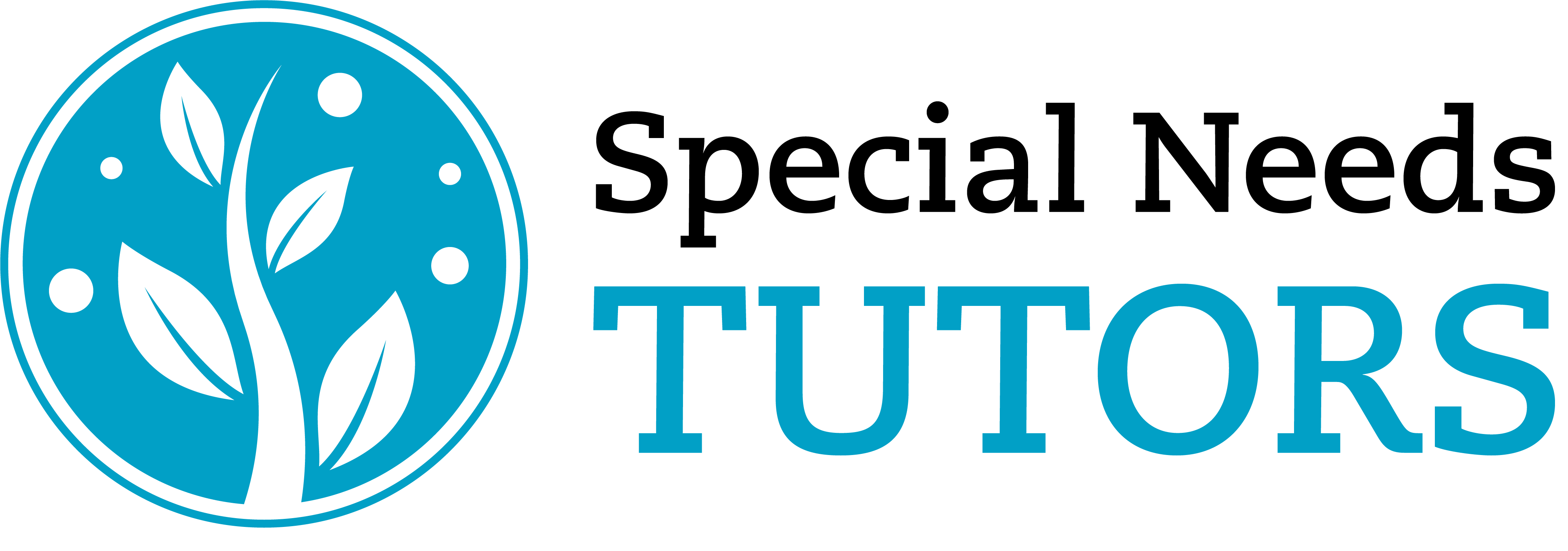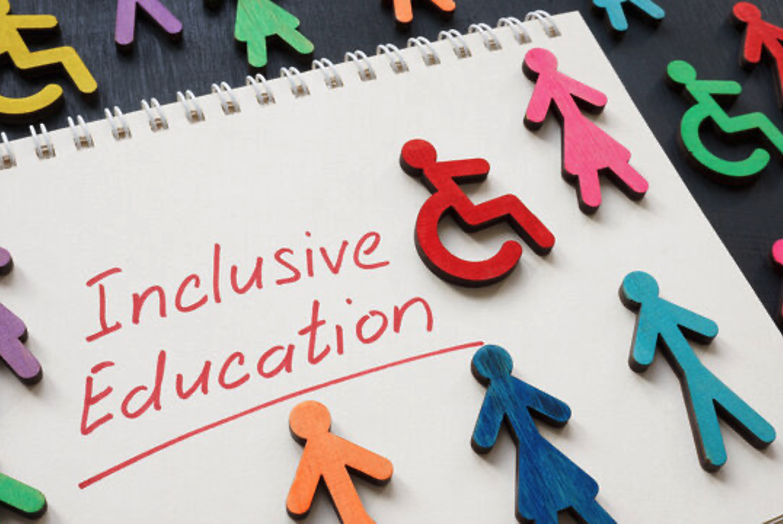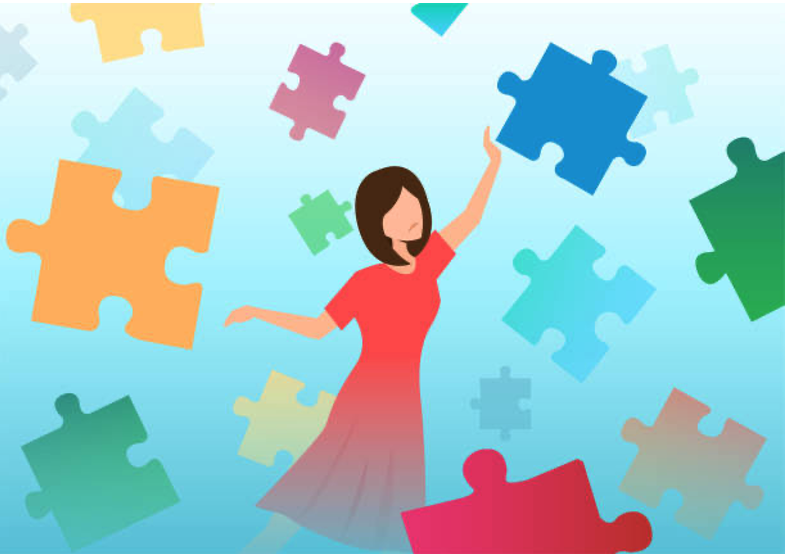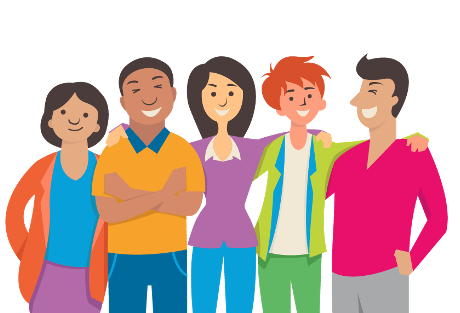How to Help your Child Stay on Task
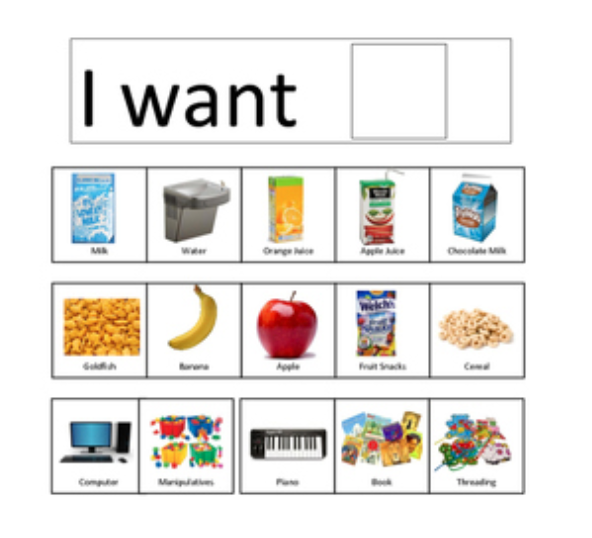
Assistive Technology
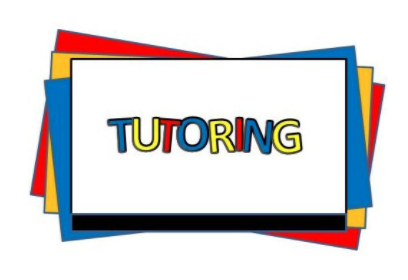
Effective Tutoring for Learner’s with Special Needs
Many learners with special needs whether in the classroom or in the homeschool environment struggle with focus and staying on task. However, there are many ways for the teacher and parent to help learners to stay on task and minimize unnecessary behaviors. The National Association of Special Education Teachers recommend using a token economy system as an evidence-based practice both at school and at home.
So, what is a token economy system and what is its purpose? A token economy is a classroom management system that will increase desirable behaviors and reduce inappropriate behaviors. Inappropriate behaviors can look totally different for each child: a lack of focus, tantrums, getting out of the chair while working, hitting, talking out of turn, and/or throwing objects just to take a few. The purpose of a token economy system is when used correctly, parents are able to see positive results for learners with all types of learning disabilities and behavior disorders.
Now let’s focus on what a token economy system looks like. Simply put, when a desired or positive behavior occurs, a reward is given. The child begins to associate “reward” with those positive behaviors. The “reward” is anything the child likes that can be counted. This could be stickers, stamps, poker chips, tally marks, pennies, or anything easy to carry around. The token carry no value, but once the correct amount is collected, they are exchanged for the desired object or reward.
Here is what that would look like. Little Sally has difficulty focusing on her math worksheets. She loves butterfly stickers and really likes playing games on the iPad. She is told that she needs to earn five stickers in order to play on the iPad for one minute. So, as she begins to work on her worksheet, the moment she completes one math problem, she earns a butterfly sticker that she puts on a separate paper. She completes another math problem and again receives a butterfly sticker. Once she has earned 5 stickers, she “pays” the adult by counting her stickers and is given the iPad for one minute. After one minute she is told that she can earn the iPad again with five more stickers. “Work first, then play”. There could be some resistance at first, but once she begins to earn those stickers and receives her game time, the routine is set.
I’ve included a few examples to refer to. This system truly works and I have personally used this with learners with autism, learning disabilities and Down Syndrome.
Related posts


